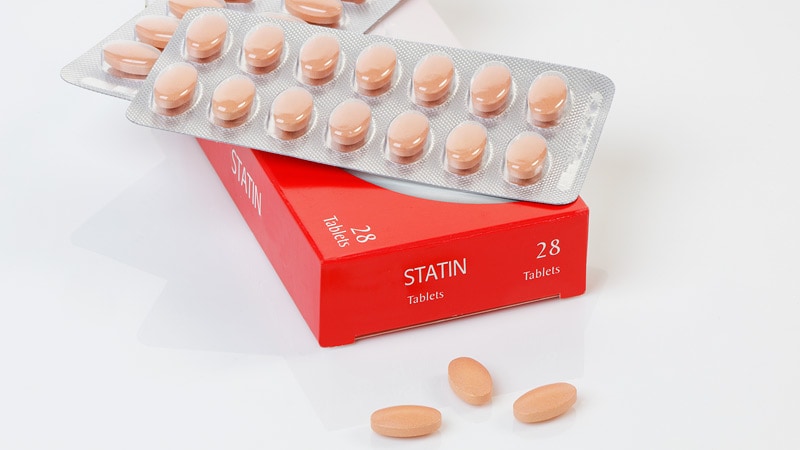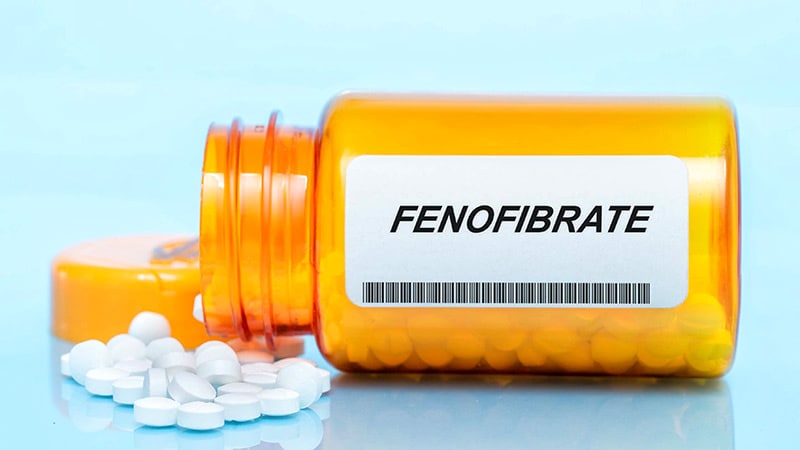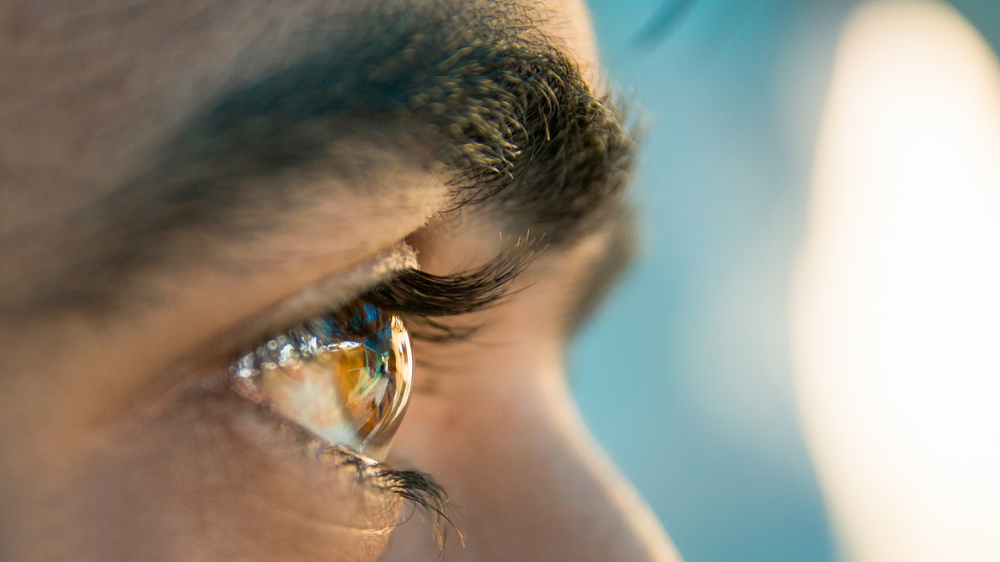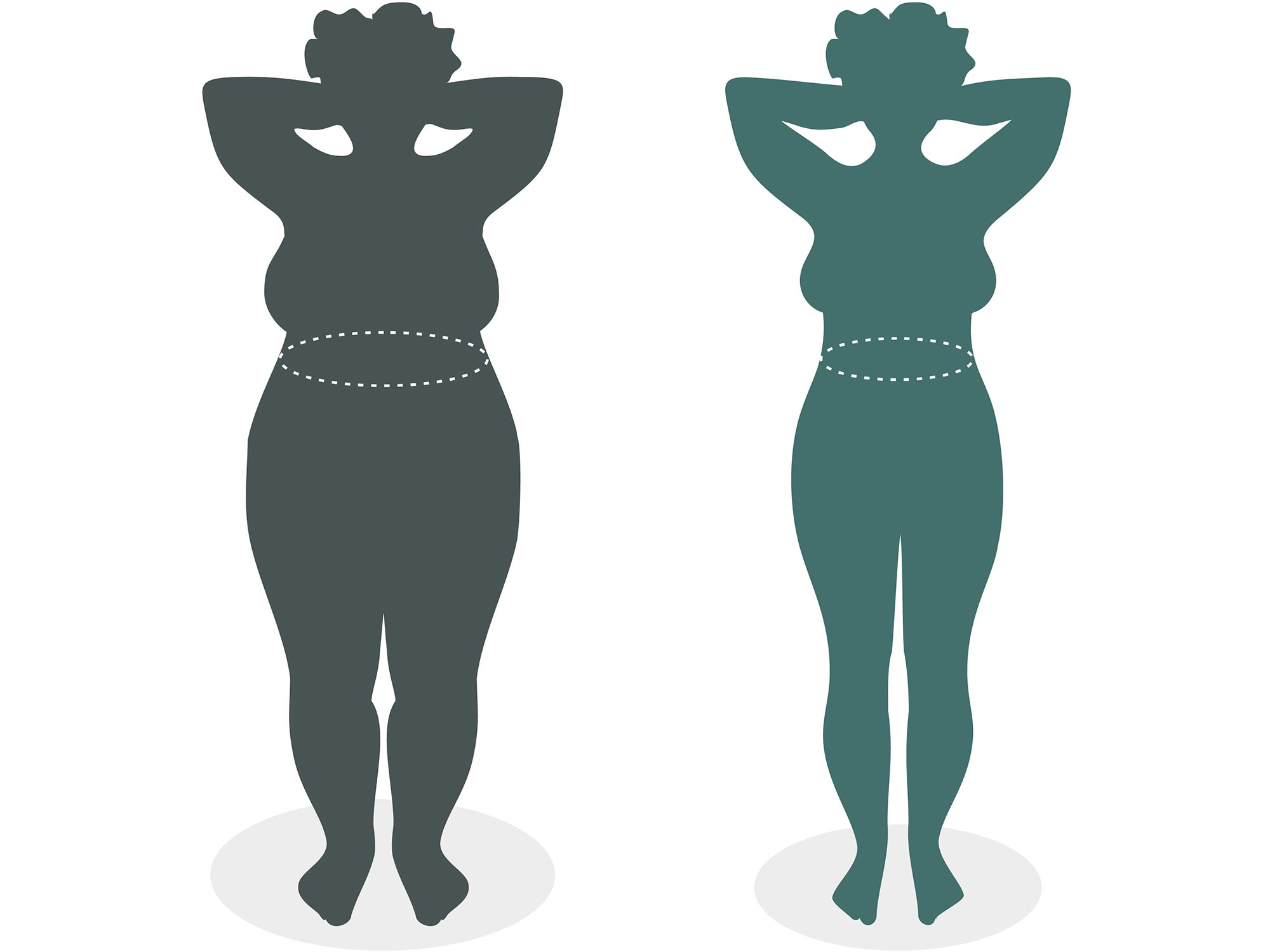BIO PIGMENTS
volume 40, page 143 (2022)Cite this article
2012 Accesses
29 Altmetric
Our colorful garments are killing the planet’s water systems. The textile industry contaminates waterways with more than 70 chemicals, including heavy metals, all in pursuit of color: it takes 200 tonnes of water to dye 1 tonne of fabric (8,000 T-shirts). Now Colorifix is introducing microbes as a natural, benign and sustainable substitute for traditional dyeing that delivers appealing aesthetics. “You look around your bathroom and see bright red stains between the shower tiles? That’s bacteria secreting that color,” says Jim Ajioka, co-founder of the Norwich, UK-based startup.

Credit: Colorifix
Fashion innovators are paying attention. Colorifix collaborated with Stella McCartney and partnered with sustainable leisurewear innovator Pangaia to produce a capsule collection. Colorifix is backed by retail giant H&M, which has plans for a product launch later this year.
Colorifix was founded in 2016 by Ajioka, a synthetic biologist at the Department of Pathology, University of Cambridge, and microbiologist Orr Yarkoni, Colorifix CEO. The two scientists traveled to Nepal initially, with a mission to develop microbial biosensors to monitor arsenic contamination in water in the Terai region. Back in Kathmandu, however, the locals pointed at the source of the problem: toxic effluents from the textile industry were polluting their waterways and impairing their health. Seeing this, Ajioka and Yarkoni pivoted to using microbes to produce environmentally friendly pigments.
“First we find a color we are interested in, and the genes responsible for making that color,” says Ajioka, by trawling through open genomic databases of animals, plants, insects and microbes. The scientists then design a genetic pathway, synthesize the DNA and introduce it into microbes such as Escherichia coli or Pseudomonas to produce the color. Scaling up to make more pigment takes growing more bacteria in closed fermentation vessels, which prevent spillage. Once in the dyeing machine, because microbes readily adhere to the fabric and deposit the dye, the fabric coming out needs one rinse only and no fixation, unlike petrochemical-derived pigments that require arsenic-based fixatives. With the Colorifix process, the textile is exposed to heat to inactivate the microbes and finish the process, saving, according to an independent life cycle analysis, 50% in water and electricity usage and cutting CO2 emissions by half compared with traditional dyeing.
Colorifix has raised a $22 million series B led by H&M with participation from SynBioVen, The Mills Fabrica, Sagana and Cambridge Enterprise.
About this article
Cite this article
Melton, L. Fashion’s microbial dyeing machines.
Nat Biotechnol 40, 143 (2022). https://doi.org/10.1038/s41587-022-01237-x
Published:
Issue Date:
DOI: https://doi.org/10.1038/s41587-022-01237-x
Note: This article have been indexed to our site. We do not claim legitimacy, ownership or copyright of any of the content above. To see the article at original source Click Here













